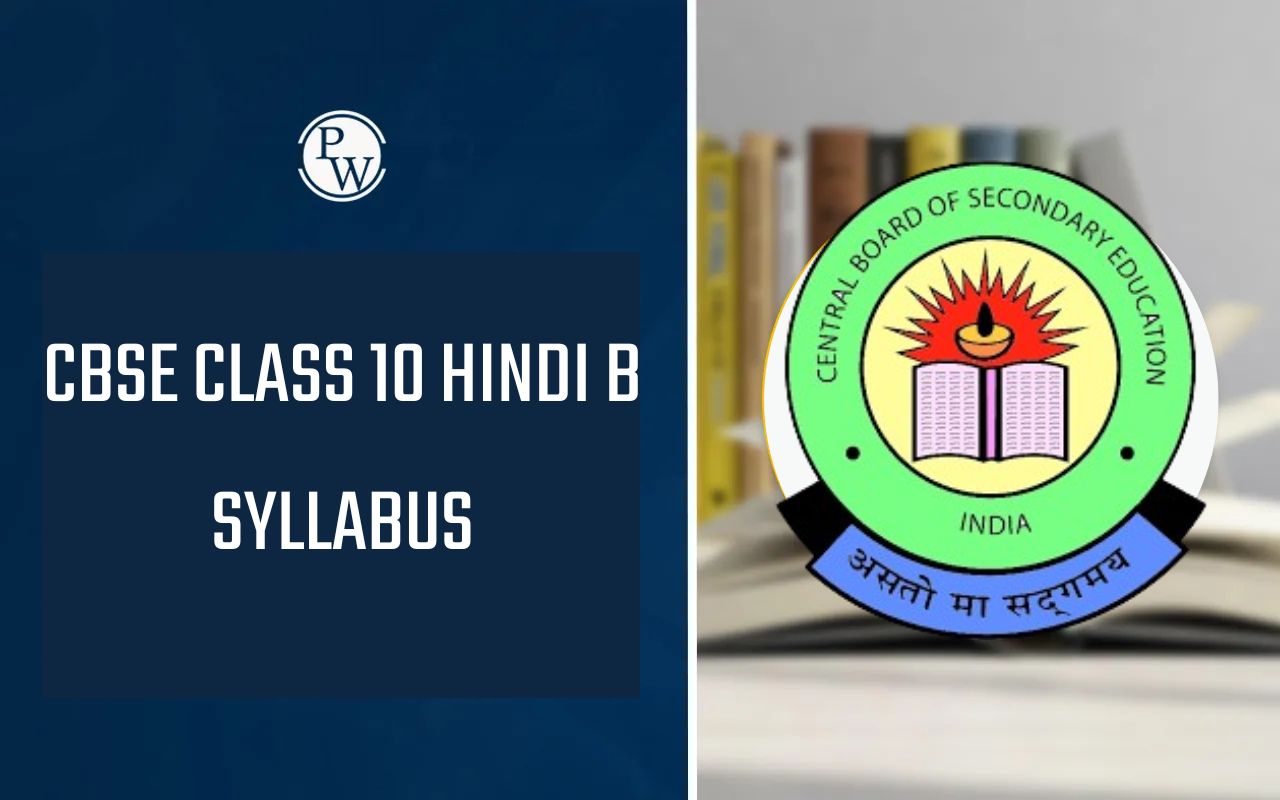
Digestion Definition : Food is essential for all living organisms. Food contains carbohydrates, proteins and fats. Some amount of vitamins and minerals are also needed by the body. Food gives us energy and organic materials needed for the growth and repair of tissues. All metabolic processes require water, and water also keeps our body hydrated.
Macromolecules present in the food contain complex substances, which need to be broken down into simpler substances so that our body can utilise them for its needs.Digestion Definition
The process of breakdown of complex food substances into simpler absorbable forms is called digestion and is carried out by the digestive system. It involves mechanical digestion and biochemical methods.Human Digestive System
Human digestive system comprises the alimentary canal and its associated glands. The Alimentary canal begins with the mouth (anterior opening) and ends at the anus (posterior opening).Mouth
- Mouth is a slit-like aperture surrounded by upper and lower lips. Lips are a muscular structure that makes them movable. They are made up of muscles known as orbicularis oris muscles.
- Mouth leads into the buccal cavity. Buccal cavity consists of buccal vestibule and oral cavity.
- Oral cavity contains teeth, muscular tongue and palate. The roof of the buccal cavity is the palate. The tongue is attached to the floor of the buccal cavity via a freely movable muscular organ known as the frenulum.
- Tongue contains transverse ridges known as palatine rugae. These rugae help in the mastication of food.
Teeth
- Teeth are ecto mesodermal in origin.
- Human dentition is of 3 types- Thecodont, diphyodont and heterodont.
- Most mammals, including humans, contain two sets of teeth during their life- milk teeth/deciduous teeth and permanent teeth. Permanent teeth replace milk teeth; this is known as diphyodont.
- Adult humans contain four types of teeth- incisors, canine, premolar and molars. This type of arrangement of teeth is known as heterodont.
- Human teeth are also embedded in the sockets of the jaw bone; it is known as the codont.
- Arrangement of teeth in each half of the lower and upper jaw is known as a dental formula. The human dental formula is 2123/2123.
- The hard chewing surface of teeth is made up of enamel. It helps in the mastication of food.
Oesophagus
- Oesophagus is a tube-like structure that extends posteriorly from the neck, thorax and diaphragm and opens into the stomach.
- At the junction of the oesophagus, a sphincter is located, known as the gastroesophageal sphincter.
- Oesophagus hiatus is the opening in the diaphragm via which the vagus nerve and oesophagus pass.
- No digestive glands are found in the oesophagus.
Stomach
- Oesophagus opens into a J-shaped structure known as the stomach.
- Stomach is divided into four parts- cardiac, fundus, body, and pylorus. The oesophagus opens into the cardiac portion, a fundus region, the body is the main central region, and the pyloric opens into the duodenum.
- The layer that covers the stomach is known as the peritoneum. The peritoneum contains lymph and fat tissues, and such peritoneum is known as momentum.
- Stomach also contains longitudinal folds known as rugae.
- Epithelium in the stomach gets invaginated and forms simple, branched tubular glands known as gastric glands.
- Gastric glands contain 4 types of cells-
| Types of cells | Function |
| Mucous neck cells |
|
| Entero endocrine cells |
|
| Oxyntic cells or parietal cells |
|
| Chief cells or peptic cells |
|
Intestine
- Intestine includes the small intestine and large intestine.
- Small intestine is divided into the duodenum, jejunum and ileum.
- Small intestine contains finger-like projections known as villi which increase the absorptive surface area at the time of digestion of food.
- Ileum opens into the large intestine, comprising the caecum, colon and rectum.
- Illeum opens into the caecum and is guarded by an ileocaecal valve.
- Caecum is a blind sac that hosts symbiotic microorganisms. Caecum also contains a worm-like structure known as a vermiform appendix. It is a vestigial organ. Inflammation of the vermiform appendix is known as appendicitis.
- Colon opens into the rectum. Rectum opens into the anal canal, which finally leads into the anus.
Different Types of Ecological Pyramids
Digestive Glands
include salivary glands, pancreas and liver. Salivary Glands- Three pairs of salivary glands together form the saliva.| Location | Number | Duct | Secretion | |
| Parotid | In the cheeks | 1 pair | Stenson’s duct | Saliva and enzyme |
| Submaxillary | Lower jaw | 1 pair | Wharton’s duct | Saliva |
| Sublingual | Below the tongue | 1 pair | Duct of rivinus | Saliva |
- Liver is made up of two lobes, and each lobe comprises hepatic lobules.
- Hepatic lobules are the structural and functional unit of the liver and contain hepatic cells.
- Each lobule is covered by a sheath known as Glisson’s capsule.
- Liver secretes bile. Bile is a yellowish-green, alkaline fluid that contains bile pigments (bilirubin and biliverdin), bile salts (sodium taurocholate and sodium glycolate), and cholesterol, but no enzymes are present.
Pancreas
- Pancreas is endodermal.
- It is a heterodyne/mixed/composite/dual gland. It functions as both endocrine and endocrine.
- Exocrine part secretes pancreatic juice. It contains enzymes and salts.
- Pancreatic juice contains trypsin, chymotrypsin, procarboxypeptidase, etc.
Digestion Definition <span style=
What is digestion?
The process of breaking down complex food substances into simpler absorbable forms is called digestion and is carried out by the digestive system.
What is bile?
The liver secretes bile. Bile is a yellowish-green, alkaline fluid containing bile pigments (bilirubin and biliverdin), bile salts (sodium taurocholate and sodium glycolate), and cholesterol. No enzymes are present.
What is the function of pepsin?
Pepsin is a proteolytic enzyme that breaks proteins into proteoses and peptones.
What is the composition of saliva?
Saliva contains mucus, ptyalin enzyme, lysozyme and electrolytes such as sodium, potassium, chloride, IgA antibody, urea etc.
🔥 Trending Blogs
Talk to a counsellorHave doubts? Our support team will be happy to assist you!

Check out these Related Articles
Free Learning Resources
PW Books
Notes (Class 10-12)
PW Study Materials
Notes (Class 6-9)
Ncert Solutions
Govt Exams
Class 6th to 12th Online Courses
Govt Job Exams Courses
UPSC Coaching
Defence Exam Coaching
Gate Exam Coaching
Other Exams
Know about Physics Wallah
Physics Wallah is an Indian edtech platform that provides accessible & comprehensive learning experiences to students from Class 6th to postgraduate level. We also provide extensive NCERT solutions, sample paper, NEET, JEE Mains, BITSAT previous year papers & more such resources to students. Physics Wallah also caters to over 3.5 million registered students and over 78 lakh+ Youtube subscribers with 4.8 rating on its app.
We Stand Out because
We provide students with intensive courses with India’s qualified & experienced faculties & mentors. PW strives to make the learning experience comprehensive and accessible for students of all sections of society. We believe in empowering every single student who couldn't dream of a good career in engineering and medical field earlier.
Our Key Focus Areas
Physics Wallah's main focus is to make the learning experience as economical as possible for all students. With our affordable courses like Lakshya, Udaan and Arjuna and many others, we have been able to provide a platform for lakhs of aspirants. From providing Chemistry, Maths, Physics formula to giving e-books of eminent authors like RD Sharma, RS Aggarwal and Lakhmir Singh, PW focuses on every single student's need for preparation.
What Makes Us Different
Physics Wallah strives to develop a comprehensive pedagogical structure for students, where they get a state-of-the-art learning experience with study material and resources. Apart from catering students preparing for JEE Mains and NEET, PW also provides study material for each state board like Uttar Pradesh, Bihar, and others
Copyright © 2025 Physicswallah Limited All rights reserved.
Get App









